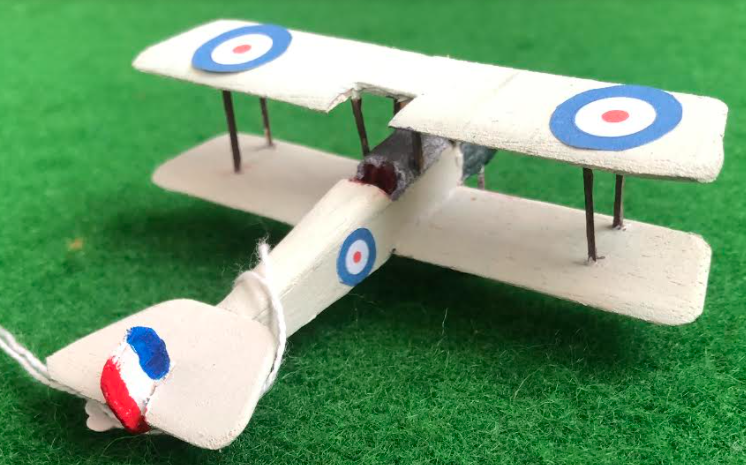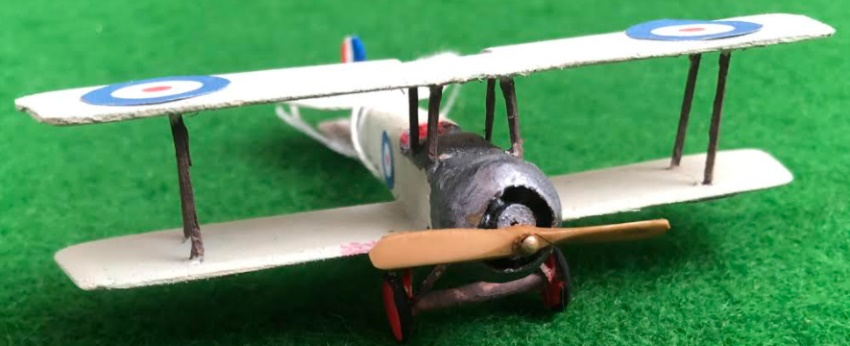Bristol Scout
The Bristol Scout was a single-seat rotary-engined biplane originally designed as a racing aircraft. Like similar fast, light aircraft of the period it was used by the RNAS and the RFC as a “scout”, or fast reconnaissance type. It was one of the first single-seaters to be used as a fighter aircraft, although it was not possible to fit it with an effective forward-firing armament until the first British-designed gun synchronizers became available later in 1916, by which time the Scout was obsolescent. Single-seat fighters continued to be called “scouts” in British usage into the early 1920s.
The period of service of the Bristol Scout (1914–1916) marked the genesis of the fighter aircraft as a distinct type and many of the earliest attempts to arm British tractor configuration aircraft with forward-firing guns were tested in action using Bristol Scouts. These began with the arming of the second Scout B, RFC number 648, with two rifles, one each side, aimed outwards and forwards to clear the propeller arc.
Some of the 24 initial production Scout Cs for the RNAS, were armed with one (or occasionally two) Lewis machine guns, sometimes with the Lewis gun mounted on top of the upper wing centre section in the manner of the Nieuport 11; more common was a very dubious choice of placement by some RNAS pilots, in mounting the Lewis gun on the forward fuselage of their Scout Cs, just as if it were a synchronized weapon, firing directly forward and through the propeller arc, an action likely to result in serious damage to the propeller.
An RNAS Scout was the first landplane to be flown from a ship, when Flt. Lt. H. F. Towler flew No. 1255 from the flying deck of the seaplane carrier HMS Vindex on 3 November 1915. As an attempted defence against German airships, some RNAS Scout Ds were equipped with Ranken Darts, a flechette with 1 lb (0.45 kg) of explosive per projectile, released from a pair of vertical cylindrical containers under the pilot’s seat, each containing 24 darts. On 2 August 1916, Flt. Lt. C. T. Freeman flew a Scout from the deck of Vindex and attacked Zeppelin L 17 with Ranken Darts.


